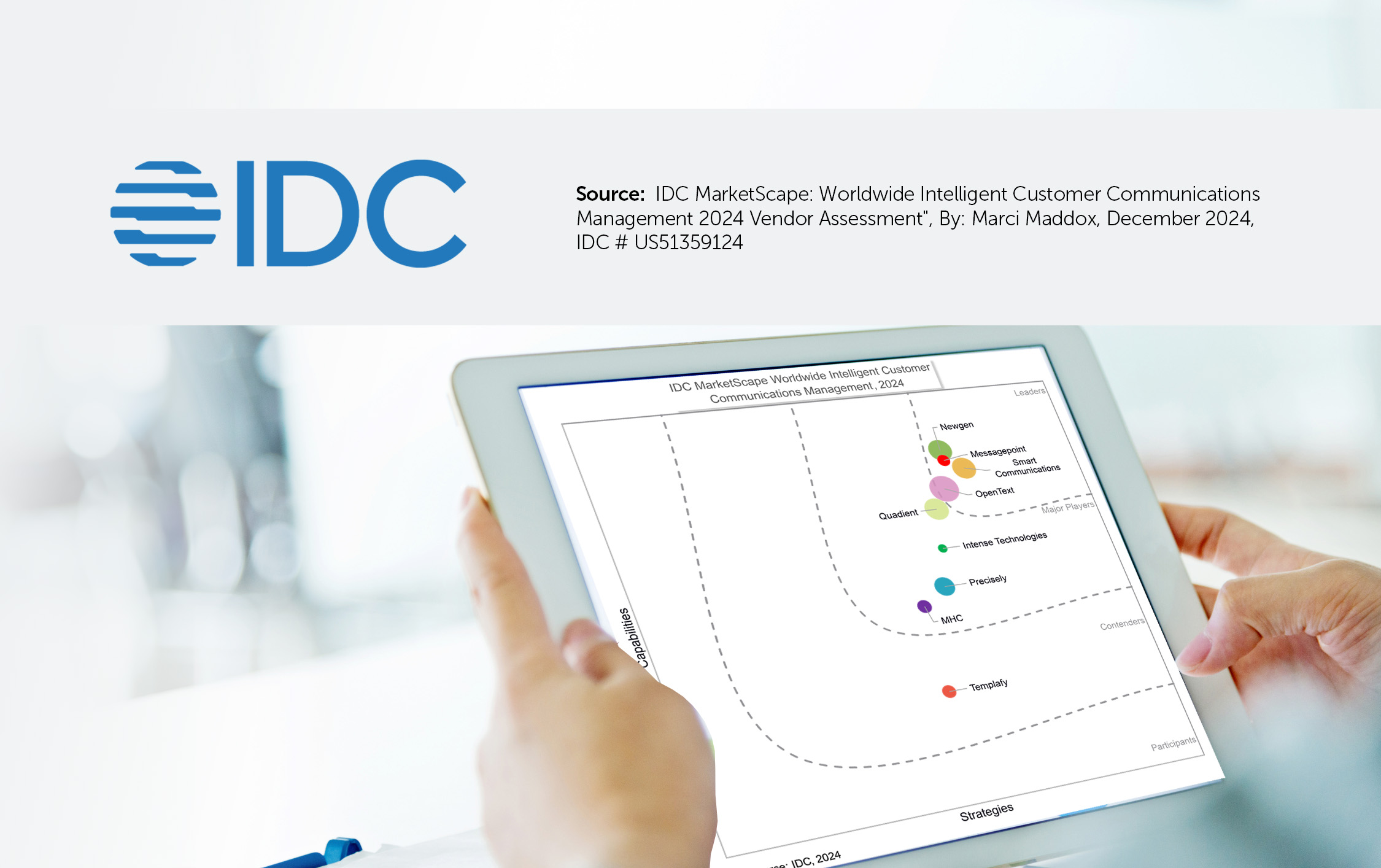
Originally published in PaymentsSource.com
The landscape is changing for banks and other financial institutions that issue cards. Major banks face increasing competition from smaller, regional and local banks, as well as from “digitally native” businesses that offer services exclusively online.
The key to staying competitive in this environment is business agility. This means having the ability to stay ahead of the competition by responding to consumer demands quickly and bringing innovative new offers and products to market in record time. Agility, however, is often hampered by the legacy processes in place to support the strict regulatory requirements and disclosures that banks need to manage, particularly in relation to lending products such as credit cards.
Regulatory compliance for credit cards is generally regarded as one of the unavoidable costs of doing business. Canada and the U.S. federal regulations, as well as provincial and state governments, require that card issuers provide consumers with a full disclosure of fees, interest rates, and penalties for late payments.
These disclosures must be spelled out in a standardized and clearly worded format from the start of an application process through to when a card is issued. Adding to the business challenge, these regulatory bodies are making modifications to disclosure requirements with greater frequency than ever before in response to increasing consumer protection concerns. This is requiring issuers to spend time and money to make updates across what is often a complex mixture of products, communications, and channels.
Adding another layer of complexity to the management of disclosures, larger banks typically offer multiple branded credit cards with varying terms, charges and benefits, such as branded airline cards, cash-back cards, and reward cards. In addition to these variations, each credit card product itself requires variations in the disclosure to account for different languages and standard versus promotional versions. For larger banks, whose cards may have six or more variations and multiple credit card products, teams can end up managing dozens of slight variations on a disclosure.
Despite the complexity of managing disclosures across dozens of similar products and variations, shockingly many banks today still rely on manual processes to maintain and update communications materials. As a result, a single change cycle for a common piece of disclosure content requires that tedious, manual, repetitive changes are made hundreds of times across hundreds of communications materials that support the product. Organizations report that a single change cycle takes a minimum of six weeks, up to even a year, and there can be three to five update cycles annually.
Meanwhile, regulators are watching closely. The potential for errors and omissions goes up when hundreds of manual and tedious updates are being made across different touchpoints in different systems for print, email, and online materials.
Forward-thinking banks have modernized and automated disclosure management, reducing change cycles from months down to days, and increasing accuracy by leveraging a centralized content hub for managing disclosures and associated customer communications materials. These systems have enabled profound increases in efficiency, eliminating the need to have multiple teams manually updating hundreds of individual web pages, emails, letters and promotions. Instead, one central resource can update a shared piece of disclosure content once and have it automatically change across all communications that use that content. Transforming to a single point of change for disclosure content not only eliminates redundant manual effort, it ensures consistency across communications and reduces the error of regulatory risk.
It’s also key that organizations look for systems that enable marketing and operations teams to bypass expensive IT or service provider resources to make the content updates. When marketers and shared services teams can make changes and generate proofs directly it accelerates and reduces the cost of change cycles.
In addition, content sharing can also come in more advanced forms that allow card variations to share a common template and common content while reflecting and accommodating branding, state variations on disclosures and other variable modifications. This enables a sophisticated form of a parent/child approach to communications management that can reduce the number of templates and touchpoints that need to be created, maintained and managed from hundreds down to one. It’s also critical that content hubs support omnichannel content sharing and communications to truly centralize your disclosures. Additionally, a single point of review and approval can significantly reduce compliance and legal expense and the risk of errors or omissions.
While disclosure compliance is a baked-in obligation for companies issuing cards, the method of managing disclosure changes can be leveraged more effectively to reduce its burden on marketing, operations, IT and customer communications teams. Automating and streamlining the process with an intelligent content hub enables financial organizations to become more lean and agile, helping them compete in today’s fast-paced marketplace.

TORONTO, December 5, 2024 – Messagepoint Inc. announced it has been named a Leader in the IDC MarketScape:…
Read more
IDC’s MarketScape for Intelligent Customer Communications Management evaluates vendors that natively own or integrate forms technology and artificial…
Read the whitepaper
The mortgage servicing industry is under immense financial pressure. With interest rates high and home prices still rising,…
Read the Article